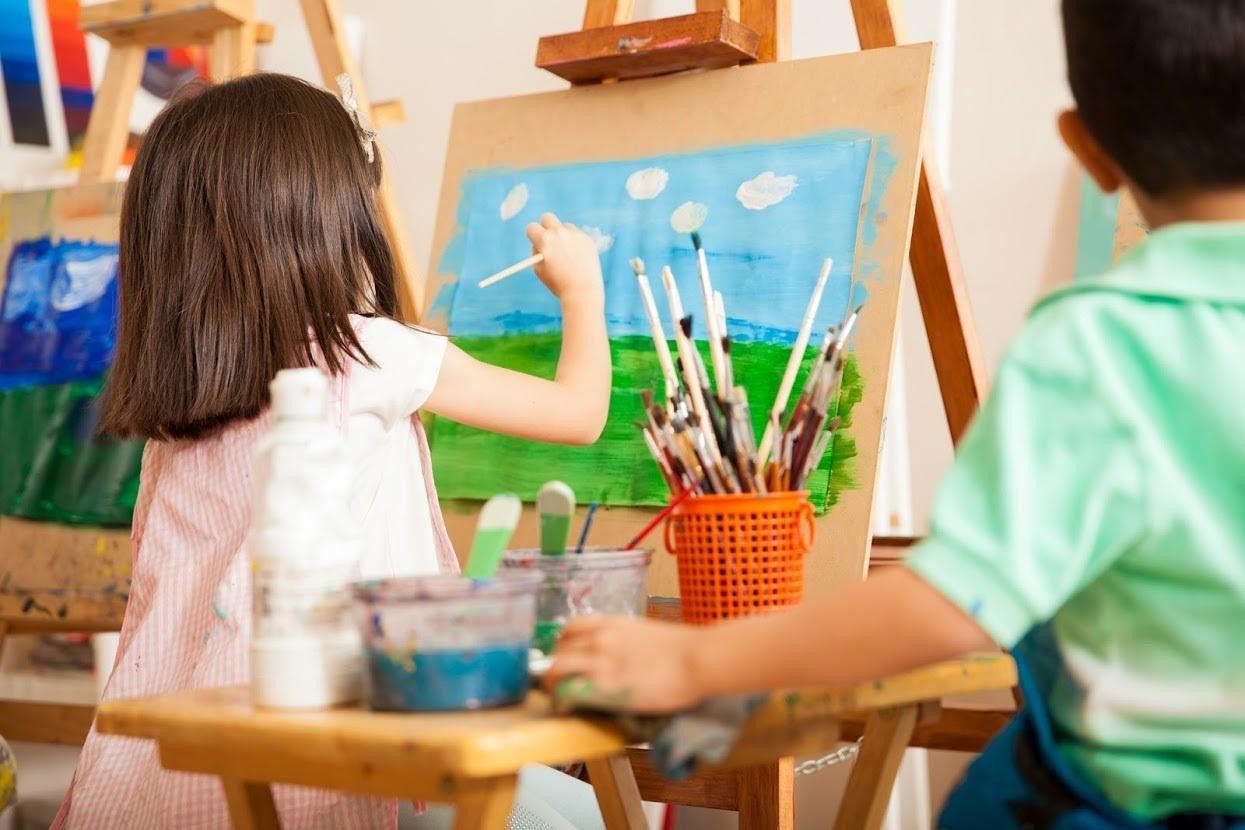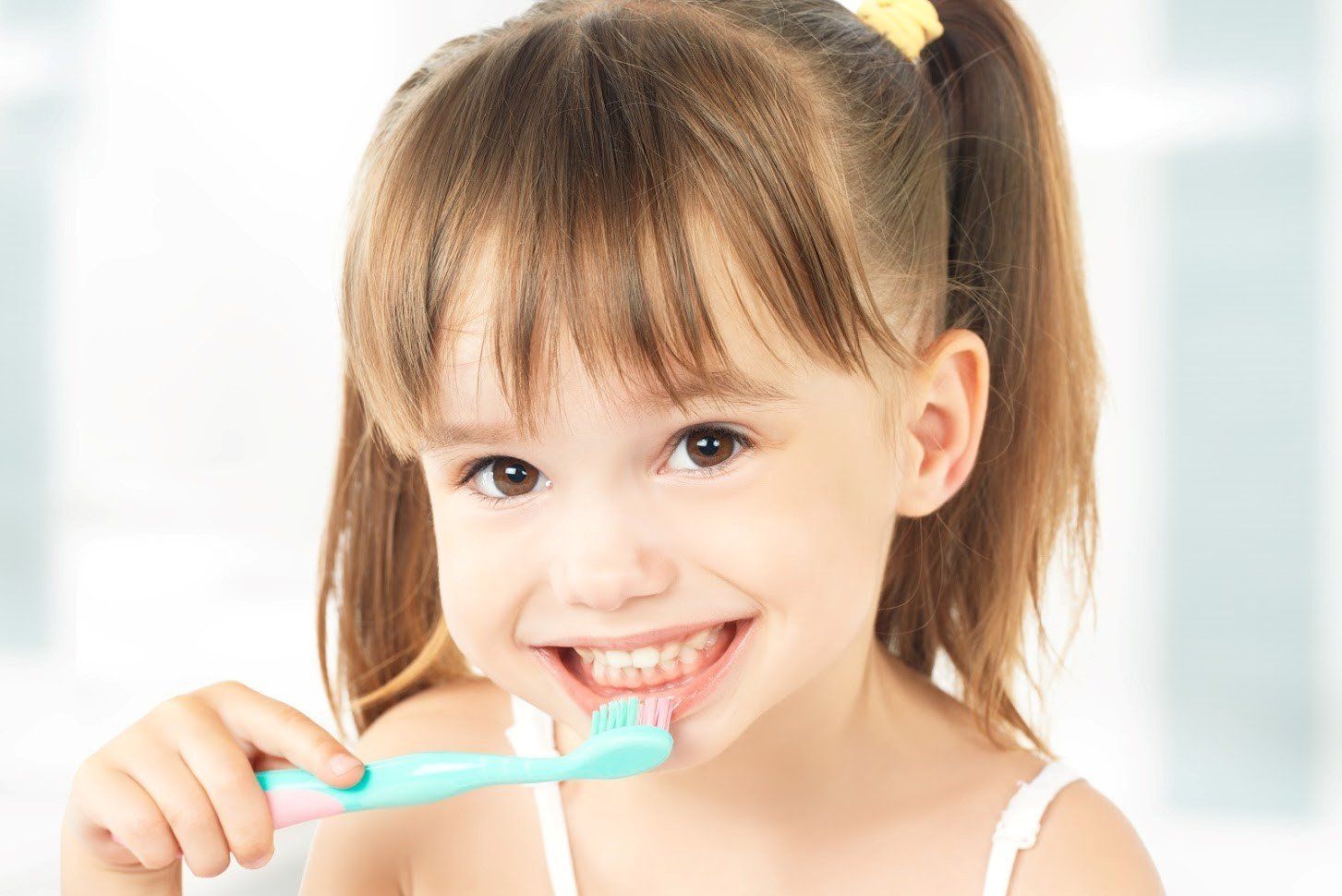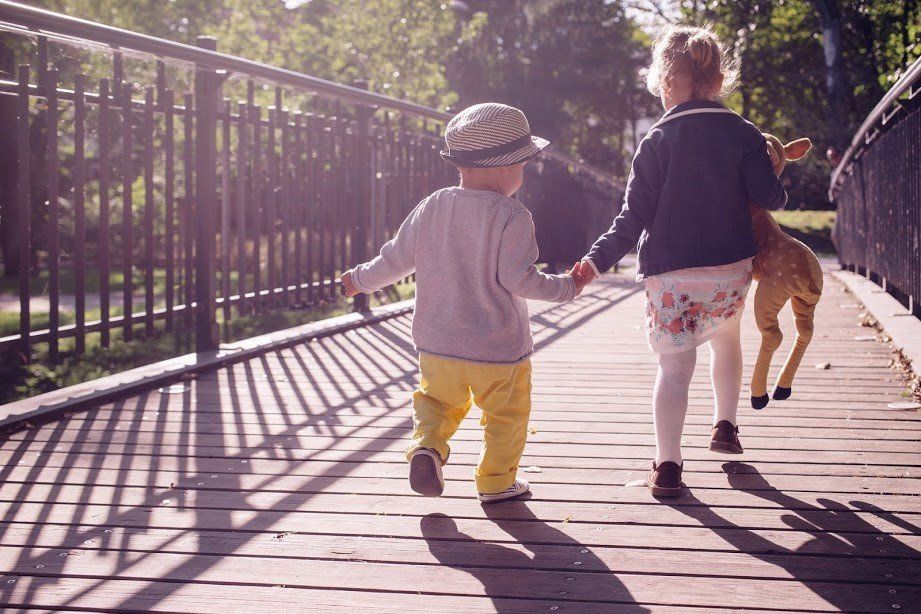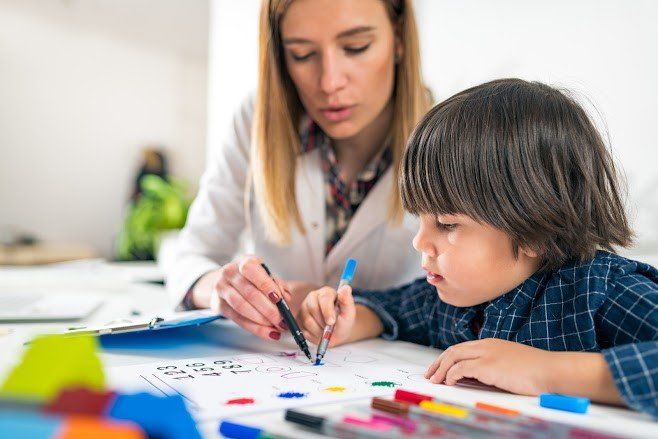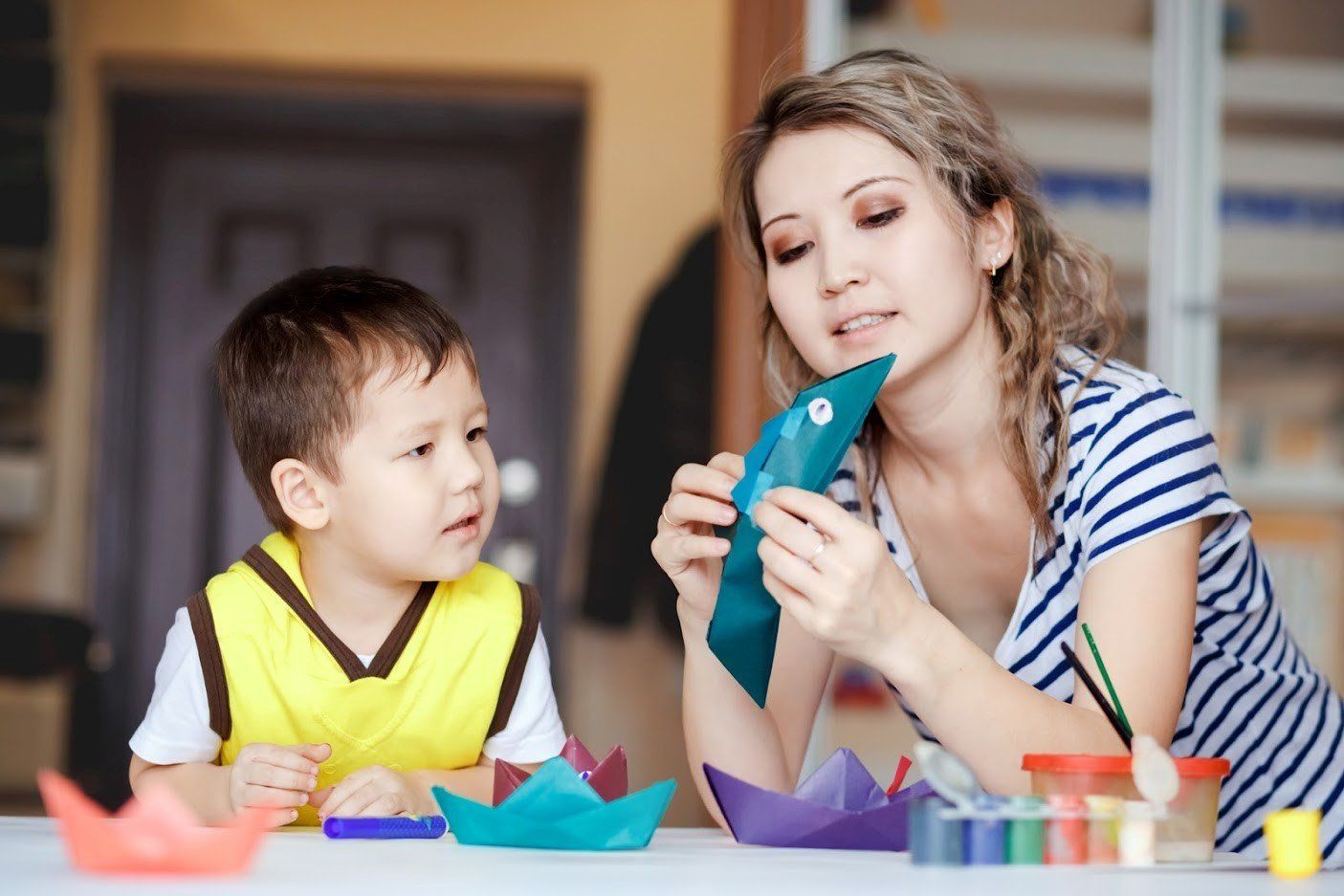Gross Motor Development, Your Child, and Play
Movement. It's something that you probably don't think about. At least, not often. But to your young child, movement is something that doesn't always come easy. You can walk, run, roll, jump, skip, and hop with ease. That's not always the case with kids. Toddlers and preschool-aged children are building gross motor skills. This means that they need plenty of time and practice to get moving.
Understanding what gross motor development is, what it includes, and how to help your child develop it is part of parenting. This includes learning about the developmental steps that are typical for most children to take and what types of toys and activities can impact these budding skills.
Gross motor skills, such as muscle strength, coordination, or large muscle groups and balance, start at birth. As your child ages and goes from sitting to crawling to standing and later walking, your child is able to move in more complex and dynamic ways. How can you encourage gross motor development in your preschooler or young child? Take a look at these easy ways to encourage the growth of gross motor abilities.
Safe Space
Your formal dining room isn't the place for your 4-year-old to practice hopping on one foot. It's probably not even the place for your child to walk, run, or twirl through. You need a safe space to help your child develop these skills, and it may not be in your home.
Obviously, parks and playgrounds provide space galore for your child to move and play. But it's not always practical to bring your child to the park. Whether it's a rainy day, the wind is whipping, or your child just doesn't like the chill in the air, you need other options. And these do exist.
An interactive play center is an out-of-the-home space that provides plenty of room for your little learner to build gross motor abilities. These centers are specially designed to encourage development and provide young children with the chance to move and play in a safe, welcoming, indoor environment.
That means your child can climb, see-saw, crawl, roll, hop, and jump without you having to worry. With open areas, carpeting, and padding (and no breakables in sight), the fear of your little one bumping into a sharp table edge or tripping over a TV cord will fade away.
Open-Ended Experiences
Open-ended play experiences provide young children with the chance to create their own activities. Instead of adult-directed games and play-time activities, open-ended ideas have less structure. Keep in mind that this doesn't mean that your child is running wild. You'll create a structure, or scaffold, for learning.
For example, setting up soft mats to see what your child does (maybe they'll roll from side to side, army crawl, crab walk or jump up and down on the bouncy surface) allows them to build skills while designing their own movement-related ideas. And the fun just goes on from there. Child-sized play structures, such as climbers and tubes, make it easy to set up open-ended activities.
Pretend Play
Adding pretend play to movement activities can help your child in more than just a gross motor way. Even though your child will get plenty of motor play in, an imagination-based activity also allows your child to develop creativity, critical-thinking skills, and problem-solving abilities.
How can you include pretend-play in your child's gross motor activities? Offer imaginary scenarios that allow your child to act out stories or role-play within the framework of movement. This may mean something simple such as, "Pretend to be your favorite animal as you move on the mats" or, "Let's pretend that we're different vehicles moving through the play tube."
Do you need a safe space that will encourage gross motor skill development? Contact us at the Small World Early Learning and Development Center.


